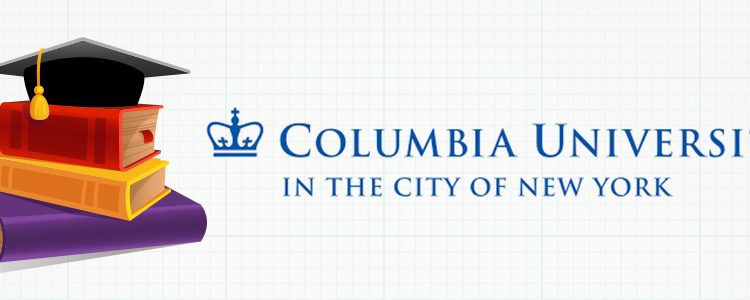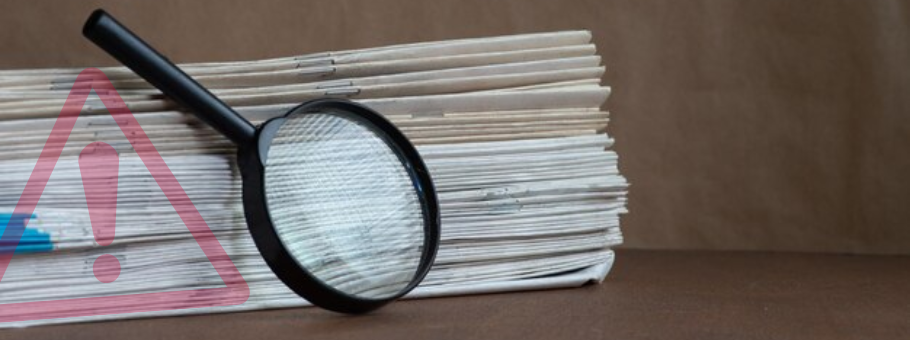Graduate Student Fraud: The Bengü Sezen Case

Although I like to think that fraud in academic publications is rare, there have been a number of cases where researchers have had to withdraw supposedly groundbreaking research papers when it became apparent that the results were fabricated. A case study that illustrates this occurred at Columbia University. Graduate student Bengü Sezen joined chemistry professor Dalibor Sames’s group in 2000. She was seemingly a brilliant researcher and had coauthored six papers based on her research. But as early as 2002 some flags were raised concerning the reproducibility of her work. Some of Sames’s other grad students were tasked with following up aspects of her work and could not get the same results she reported.
Scientific Fraud by Graduate Student
Confronted with these reports, Sezen was calm. The work was difficult and the other grad students must have done something wrong. Her professor sided with Sezen and bullied the unsuccessful grad students. Some wasted years trying in vain to reproduce the results then gave up and left Sames’s group. By 2006, reports of the non-reproducibility of Sezen’s work had prompted a formal investigation, which ultimately concluded that her entire thesis was fake. Sezen had fabricated NMR data; for example, by logging into the spectrometer under an assumed name, merging spectra, and erasing unwanted peaks by hand with correction fluid. All six papers that she coauthored with her adviser were withdrawn. During the investigation, Sezen, then overseas, disappeared from public view.
Similar fraud has occurred in others areas, notably in cancer research. It is difficult to understand why someone would fabricate a breakthrough. An obscure piece of work, maybe. It might be decades before anyone tried to reproduce it. But an important finding is sure to be checked immediately. Why would someone cheat when they are certain to be caught? Why do some wealthy people shoplift? Psychologists will have to explain that to us, but the lesson to researchers is clear: scrutinize all data!
When his new grad student first reported interesting results, Professor Sames should have said, “Excellent. Bring me the original NMR spectra that this is based on.” When the student showed him the copy in her lab notebook he should have gently but firmly insisted on seeing the original. This would have nipped Sezen’s “cut and paste” fraud then and there.
It is impossible to say how prevalent grad student fraud is. Victimized professors don’t publicize it. But I know of at least one case where a graduate student tried to reproduce work of a recently departed graduate from his group and failed. He eventually concluded, “I think half of his thesis is bogus.” His professor quietly began requiring his students to show him their original data. Better late than never!
For more details on the Bengü Sezen case visit the following link:
https://pubs.acs.org/cen/news/89/i28/8928notw1.html









